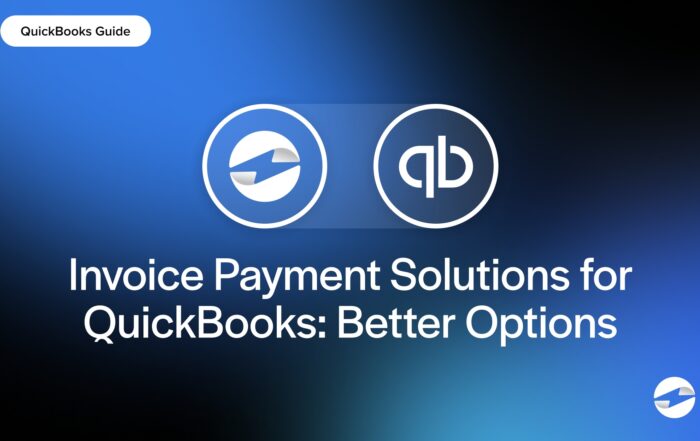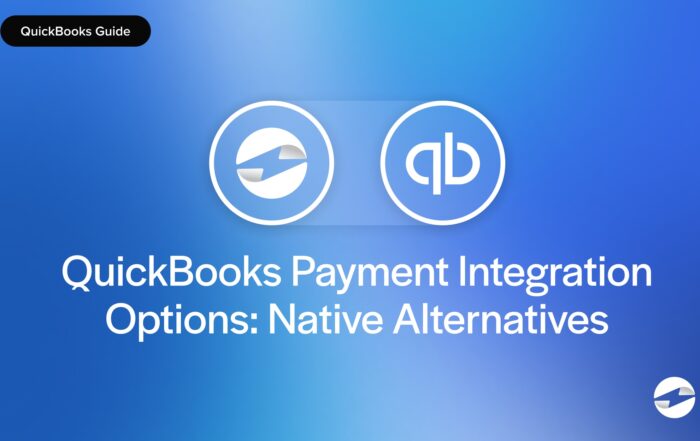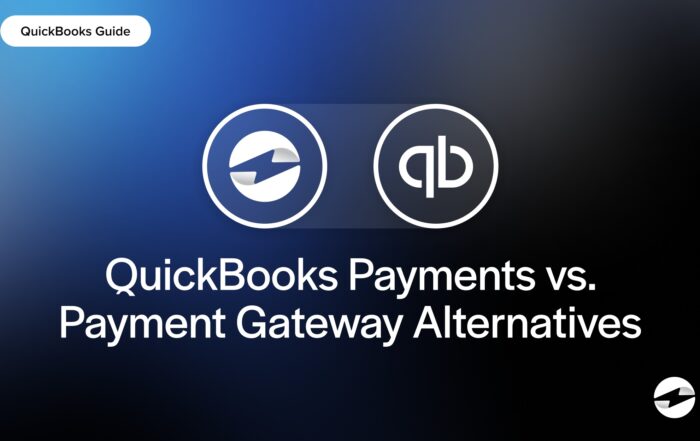What is a point of sale system (POS)?
A point of sale (POS) system combines hardware and software that allows businesses to process payments, track inventory, and manage sales data from a single platform. A POS system helps businesses accept payments wherever, whenever. Whether buying coffee at your local café or picking up a new jacket at a clothing store, a POS system authorizes transactions and improves business operations. POS systems have come a long way, from simple cash registers to powerful digital solutions that support everything from customer loyalty programs to detailed analytics.
Key Points
- A point-of-sale (POS) system is an all-in-one solution that processes payments and helps businesses manage sales, track inventory, and gain operational insights.
- Choosing the right POS system—based on industry needs, hardware compatibility and integration with payment processors can make a big difference in efficiency and customer experience.
How do point of sale systems work?
POS systems simplify the sales process by connecting multiple components. Here’s a step-by-step breakdown of how they work:
- Order Entry: The cashier or customer selects products or services through the POS software.
- Payment Processing: The system calculates the total and prompts payment via credit card, cash, or digital wallet.
- Transaction Authorization: If using a card, the POS system connects to a payment processor to approve the transaction.
- Receipt Generation: Once approved, the system prints or emails a receipt.
- Inventory Update: The POS system updates stock levels to reflect the sale in real-time.
Authorizing transactions and updating inventory in real-time can improve business operations by a wide margin.
How to choose a point of sale system
Choosing the right POS system can make a big impact on your business. The right one depends on your industry, business size, and operational needs. Here are some key factors to consider:
- Industry Needs: Restaurants, retail stores, and service-based businesses require different POS features.
- Hardware Compatibility: Make sure the system works with card readers, barcode scanners, and receipt printers.
- Payment Integration: A good POS system should connect easily with payment processors to streamline transactions.
- Ease of Use: A user-friendly interface reduces training time and minimizes errors.
- Reporting Features: Sales reports, inventory tracking, and customer insights help optimize business operations.
The right POS system isn’t just about taking payments—it’s about making your whole business run smoother. When you choose one that fits your industry and works well with the tools you already use, it can save time, reduce stress, and help you make better decisions with real data.
How much does a point of sale system cost?
POS system costs can vary widely depending on features and hardware requirements. Here’s a breakdown:
- Software Fees: $30–$300 monthly for cloud-based solutions with different feature sets.
- Hardware Costs: $500–$2,000 for items like cash registers, card readers and barcode scanners.
- Payment Processing Fees: 1.5%–3.5% per transaction, depending on the provider.
- Setup Fees: Some providers charge a one-time fee of around $100–$500 for installation and onboarding.
While the costs add up, the right POS system can save businesses time and money.
Pros & cons of a point of sale system
Like any technology, POS systems have benefits and challenges. Here’s a quick summary:
Pros:
- Faster Transactions – Reduces wait times for customers.
- Inventory Tracking – Keeps stock levels updated in real-time.
- Sales Reporting – Provides data-driven insights to improve decision-making.
- Payment Flexibility – Supports credit cards, mobile wallets, and contactless payments.
- Business Integration – Connects with payment processors for seamless operations.
Cons:
- Upfront Costs – Hardware and software fees can be expensive.
- Technical Issues – Downtime can disrupt sales.
- Processing Fees – Payment fees can add up over time.
- Learning Curve – Employees may need training to use advanced features.
A POS system is more than just a tool for processing payments—it’s the central hub for your business. An optimized system can improve customer satisfaction and provide valuable data about your business. Nowadays, POS systems can even fit into your pocket. The right system can enhance your business operations and even allow you to accept payments anytime, anywhere.
You May Also Like
Read More
Read More
Read More
Read More



